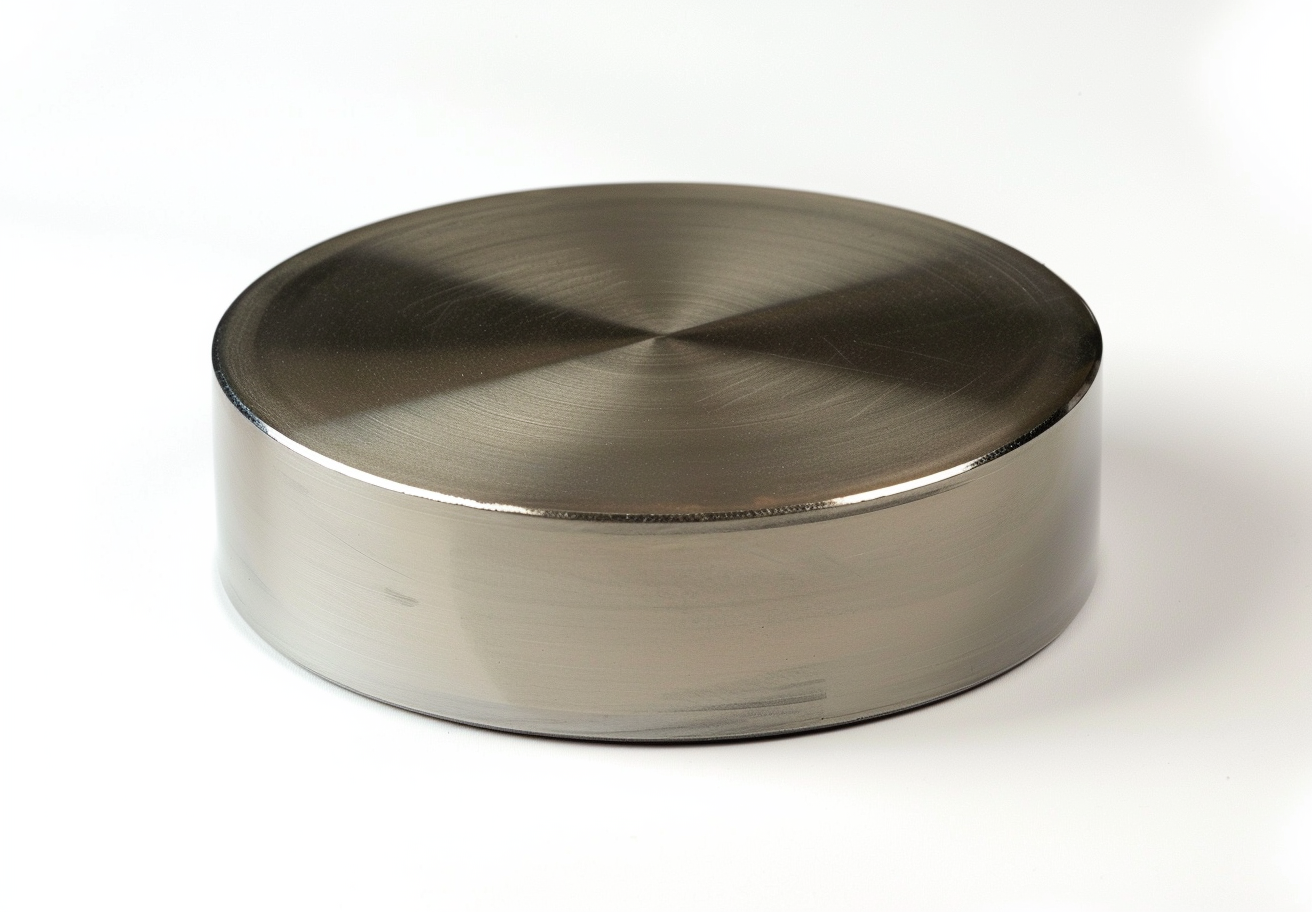Preparation Of Nano Molybdenum Powder
The technology for the production of nanopowders represents the boundary of modern materials science and technology. The production process for Nano-Molybdenum Powder is no exception. To date, the reported methods for producing Nano-Molybdenum Powder primarily employ the Microwave Plasma method, among others.

Production of Nano-Molybdenum Powder
The microwave plasma method utilises the principle of hydroxyl pyrolysis to produce Molybdenum Powder. A newly developed microwave plasma apparatus is employed. It uses electromagnetic high-frequency oscillations to dissociate the reaction gas. This produces a high-temperature microwave plasma. Compared with other plasma methods, a constant temperature field is maintained. The apparatus discharges the generated CO immediately and rapidly condenses the produced Mo in the collection device. Consequently, nanopowders with smaller particle sizes are obtained compared with the hydroxyl pyrolysis method. Similarly, Mo(CO)6 was pyrolysed under an N2 plasma atmosphere to produce nano-molybdenum powder with uniform particle size. In one step, molybdenum powder with an average particle size of less than 50 nm was produced. The individual particles assumed a nearly spherical shape. The powder was found to be stable in air at room temperature. Thus, the nano-molybdenum powder can be widely used.
Furthermore, electrical impulse discharge was employed for the production of nanopowders. Studies indicated that the discharge occurs when the current reaches 10 kA. The pulse lasts approximately 20 µs, and the pulse energy is about 80 J. In argon, oxygen and nitrogen, metal pulse discharge is used to synthesise nanopowders from metals, metal oxides and metal nitrides, for example Nano-Mo Powder. The particle size range of the powder produced by this method is between 20 and 70 nm.
Reportedly, the particle sizes of molybdenum powder produced by the reduction of MoCl5 or MoCl6 with pure hydrogen by Hermann C. Starck are 1–5 nm and 1–50 nm. The total impurity contents are below 500 mg/kg, 1 000 mg/kg and 200 mg/kg.
Furthermore, both the United States and Japan have investigated mechanical alloying. This method produces catalyst powder from a Ni-Mo alloy with a nanocrystalline structure and an average particle size of less than 10 nm. The powder exhibits catalytic activity that improves the catalyst’s performance.
Conclusion
Thank you for reading this article. We hope it has provided a better understanding of the production of nano-molybdenum powder. If you wish to learn more about Molybdenum Powder, please visit Stanford Advanced Materials (SAM) for further information.
As a supplier of Molybdenum products, Stanford Advanced Materials (SAM) has more than two decades of experience in manufacturing and distributing Molybdenum Tubes, Molybdenum Powder and Molybdenum Alloys. SAM provides customers with Molybdenum products for their research and production requirements. We are convinced that SAM will be your preferred supplier and business partner for Molybdenum products.

 Bars
Bars
 Beads & Spheres
Beads & Spheres
 Bolts & Nuts
Bolts & Nuts
 Crucibles
Crucibles
 Discs
Discs
 Fibers & Fabrics
Fibers & Fabrics
 Films
Films
 Flake
Flake
 Foams
Foams
 Foil
Foil
 Granules
Granules
 Honeycombs
Honeycombs
 Ink
Ink
 Laminate
Laminate
 Lumps
Lumps
 Meshes
Meshes
 Metallised Film
Metallised Film
 Plate
Plate
 Powders
Powders
 Rod
Rod
 Sheets
Sheets
 Single Crystals
Single Crystals
 Sputtering Target
Sputtering Target
 Tubes
Tubes
 Washer
Washer
 Wires
Wires
 Converters & Calculators
Converters & Calculators
 Write for Us
Write for Us
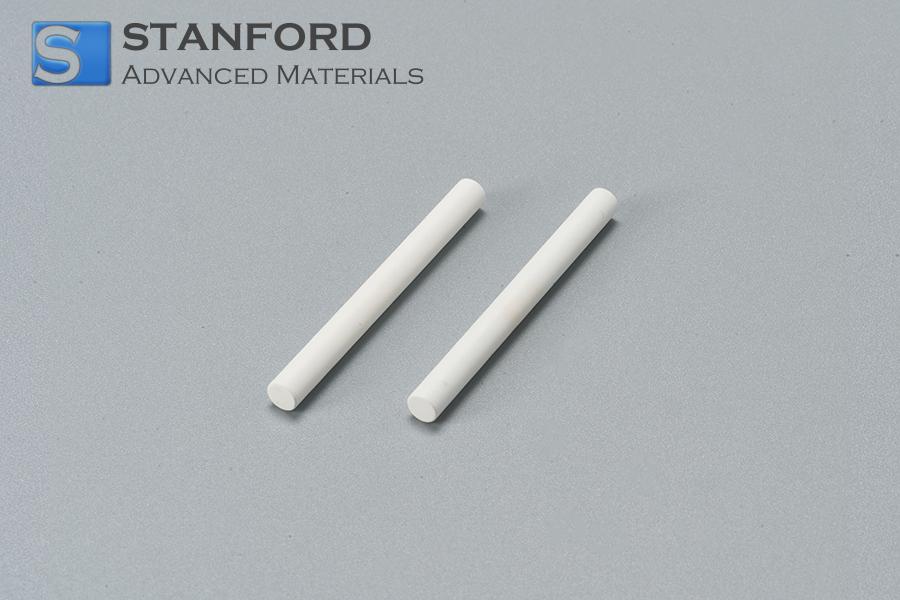
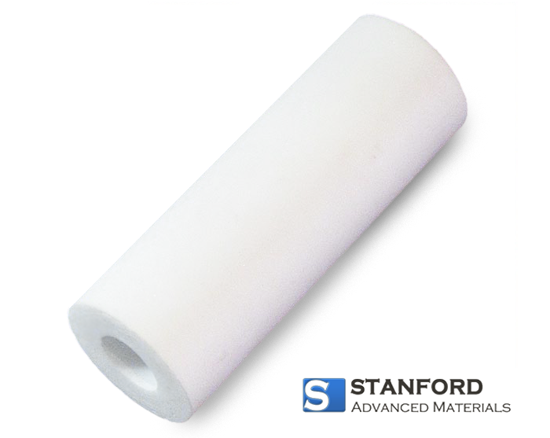
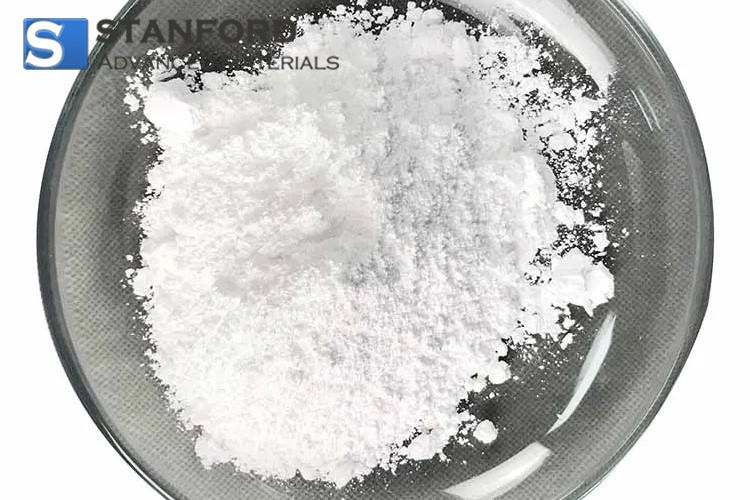
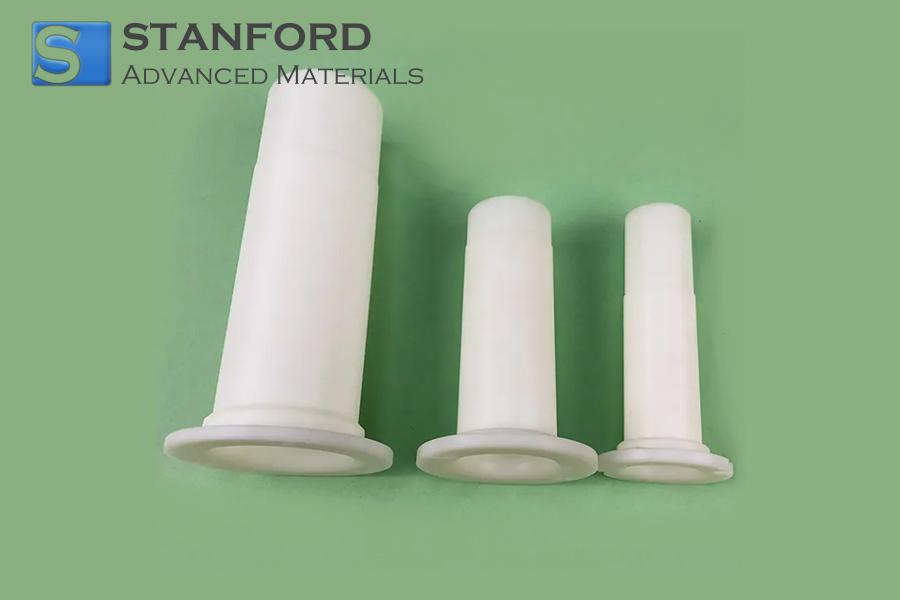
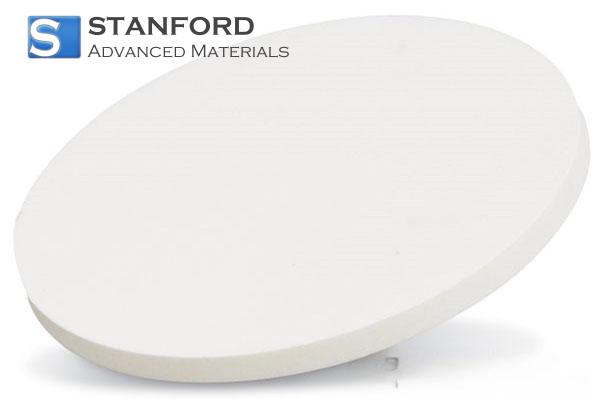
 Chin Trento
Chin Trento

